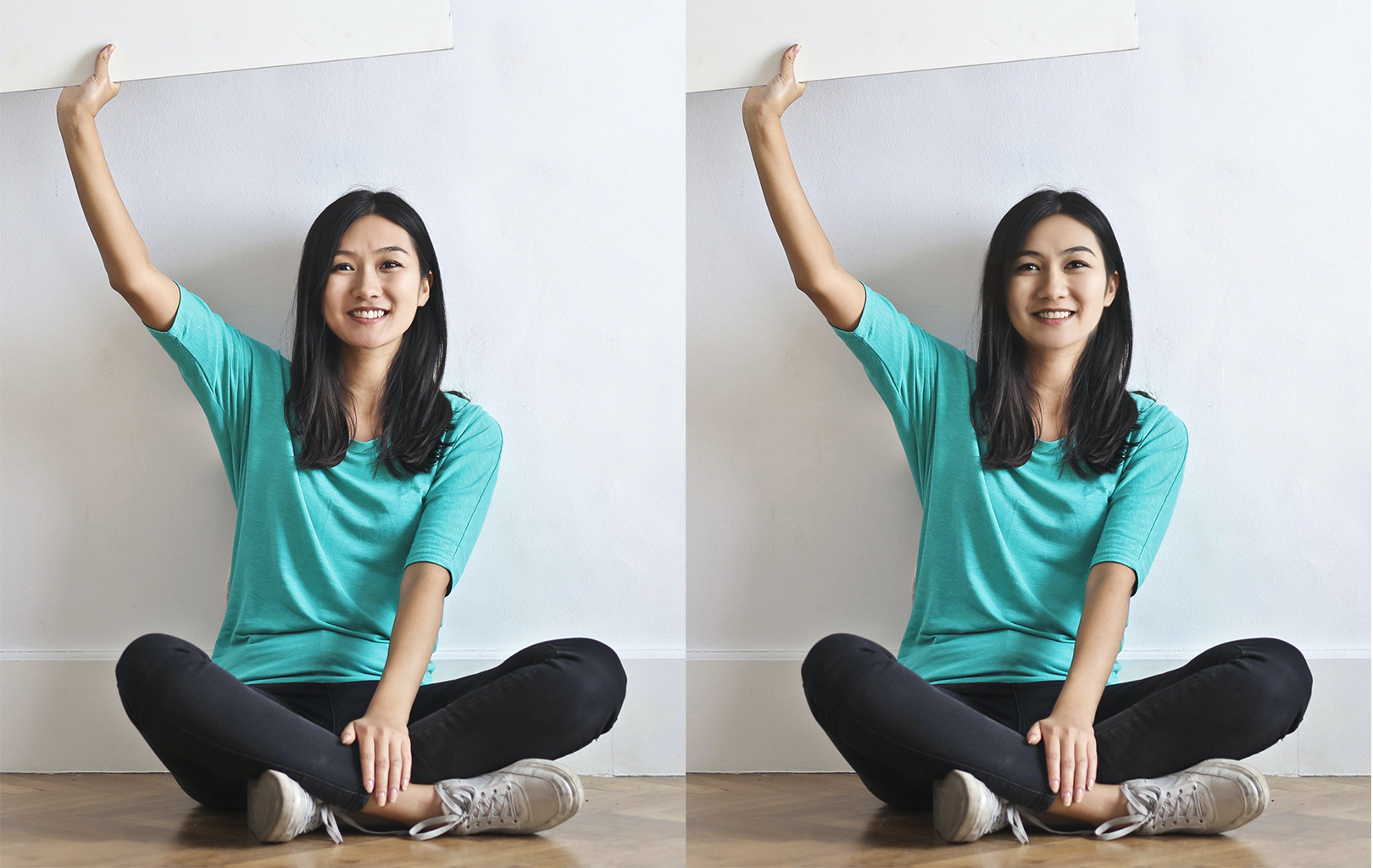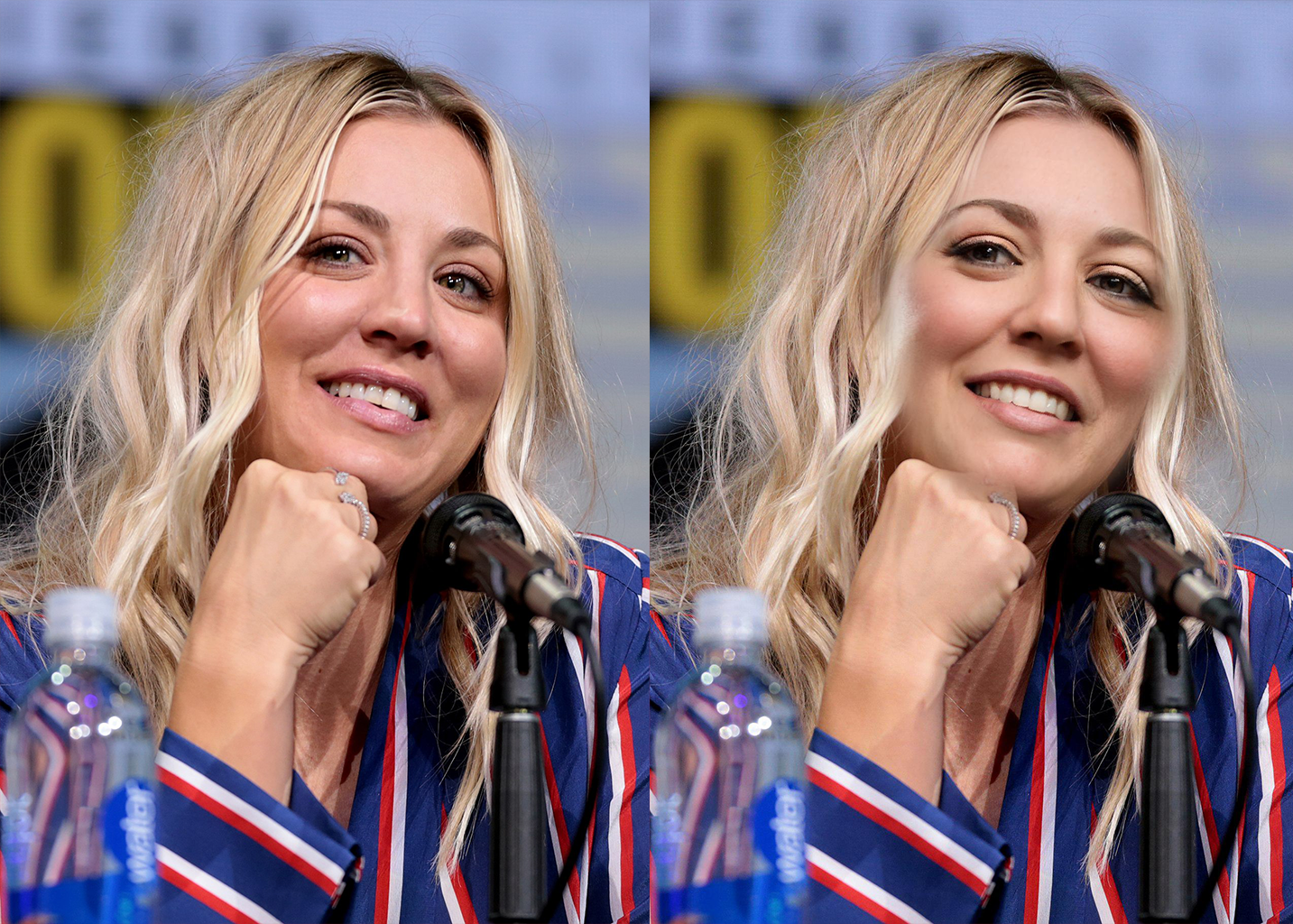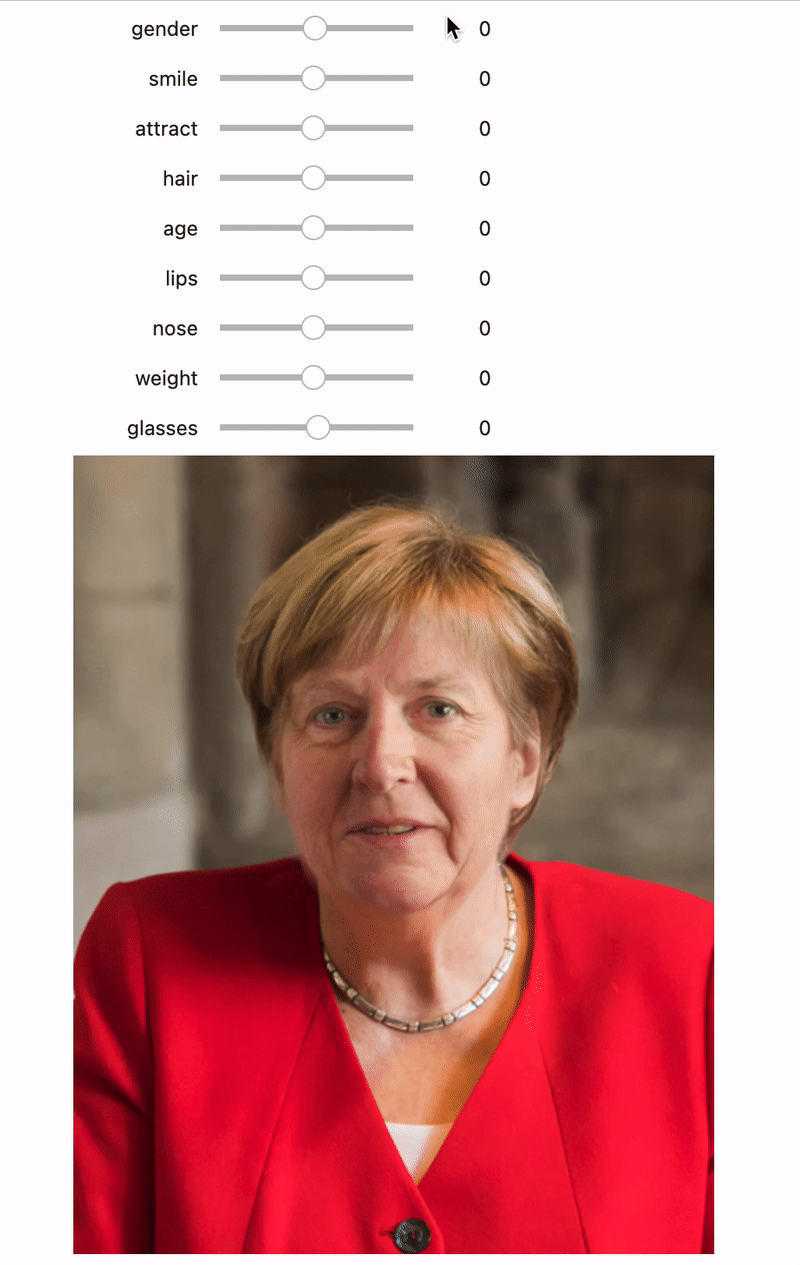Beautify images using StyleGan2.
Faces on images are recognized, normalised and converted into the corrensponding StyleGan2 Vector.
Afterwards, the vector will be optimized to "beautify" the face.
The face is then stiched back into the original image.
All after images were generated entirely without human input.
© Raimond Spekking / CC BY-SA 4.0
© Gage Skidmore / CC BY-SA 3.0
Latent space representations allow for manual changes to the output image.
First, the image is encoded into latent space. A latent vector is found that closely represents out input image. The encoder used is based on StyleGan2 Encoder.
Now to the fun part. Using a neural network that judges attractiveness of latent vectors, that face is optimized by the neural network.
Using a gradient ascent approach, the latent vector is slightly changed in the direction of steepest ascent, meaning we "make our face pretty".
We'll get a new latent vector that generates a "prettier" version of the original face.
The new latent vector is now converted back into an image by StyleGan2. The generated image is then stiched back into the original image.
Clone the Repo(it needs an Nvidia GPU with Cuda and Tensorflow) or use Google Colab. To get started follow Beautify.ipynb








